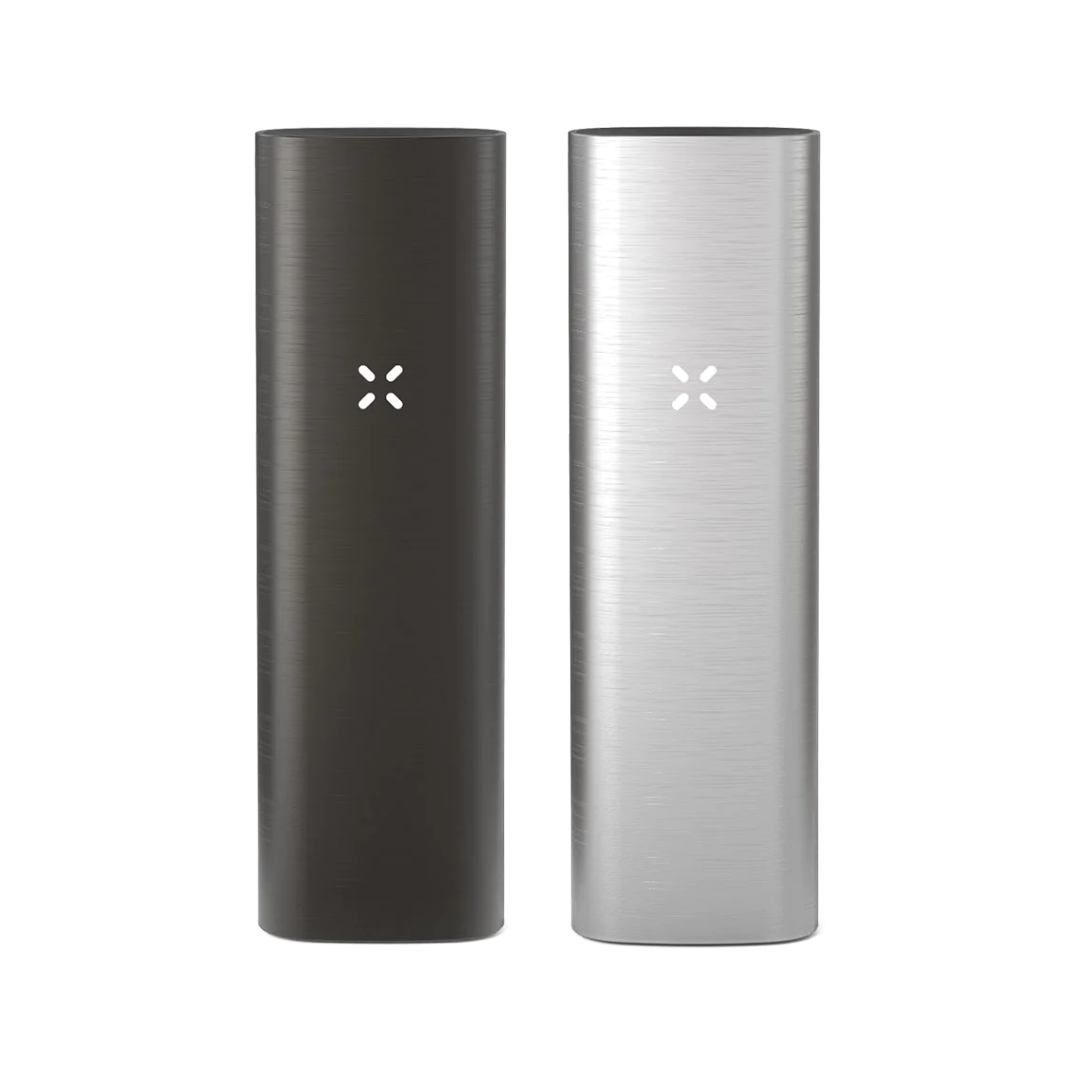Convection versus conduction vapes
 There's no denying the benefits of switching from smoking to vaping [*].
There's no denying the benefits of switching from smoking to vaping [*].
Powered by internal batteries, vaping devices eliminate smoke, preserve the integrity of the potentially therapeutic compounds in your herb, and prevent the inhalation of carcinogens, tar, and other toxins [*].
What many people don't realise is that vaping devices can heat material in two ways; by convection and conduction heating. So, what's the difference between the two?
Convection-powered vaping devices rely on a liquid or gas, usually steam, to transfer heat to your flower. These types of devices work by heating the air around the herb to help release compounds in the form of vapour.
Read on for a glimpse of the pros and cons of convection versus conduction vapes.
Here are a few pros and cons of convection heating:
- They offer a smoother experience. Convection vapes heat the air surrounding your herb, not the herb itself. This results in perfectly even heat distribution and a smooth, flavourful vapour that helps to maximise extraction of your herb.
- There’s little risk of burning. Your material never comes into direct contact with a heat source when using convection vapes, which means that the risk of burning your herb or creating smoke is basically zero.
- They help to maximise flavour. Gentle temperatures and evenly-distributed heat mean convection vapes preserve the flavour of your herb. This makes them a great choice for those who like to indulge in premium-quality flower or experiment with different strains.
- They eliminate odour. For many vapers, the elimination of odour is a major selling point for convection devices.
- They’re sold at a higher price. Convection vapes are more complex than their conduction counterparts, which results in higher price tags. For example, the Volcano is a serious investment, yet rewards flower aficionados with a serious suite of features and functions.
- They extend heating time. While convection vapes preserve the integrity of your herb, they also take much longer to preheat, sometimes more than five minutes.
- They require more TLC. Because convection vapes feature multiple chambers and more sophisticated technology, they require more cleaning and maintenance than conduction devices.
Conduction vaping devices, on the other hand, use a solid metal surface (usually a hot plate or electric coil) to transfer heat to your dry herb.
Read on for a glimpse of the pros and cons of convection versus conduction vapes.
Here are a few pros and cons of convection heating:
- They heat quickly. One of the biggest advantages of conduction vapes like the PAX 3 is the lightning-fast heating time. Conductive metal surfaces can be heated to your optimum temperature in a matter of seconds, which makes them ideal for on-demand vaping.
- They’re sold at an affordable price. Conduction-powered vaping devices are relatively simple to manufacture, which translates to an affordable price point.
- They’re easy to maintain. Many newcomers prefer conduction vapes as they're easy to clean and require very little maintenance.
- Uneven heating. Conduction vapes use a solid surface to heat your herb, which can result in uneven heat distribution in the chamber. The use of metal plates and coils also increases the risk of burning your herb, which can create smoke and compromise therapeutic properties.
Do you prefer the speed and convenience of conduction vapes, or is the premium experience of conduction devices worth the extra time, maintenance and cost? Whatever you prefer, Australian Vaporizers has a huge selection of dry herb vaping devices for every enthusiast.





